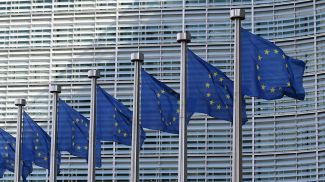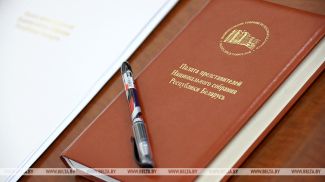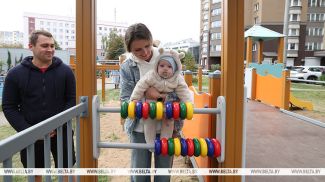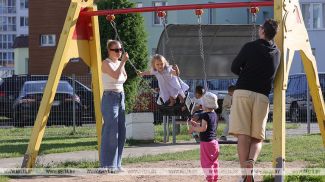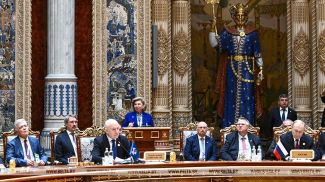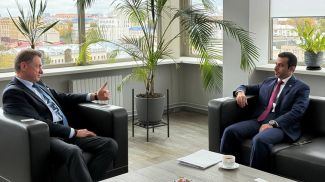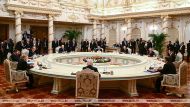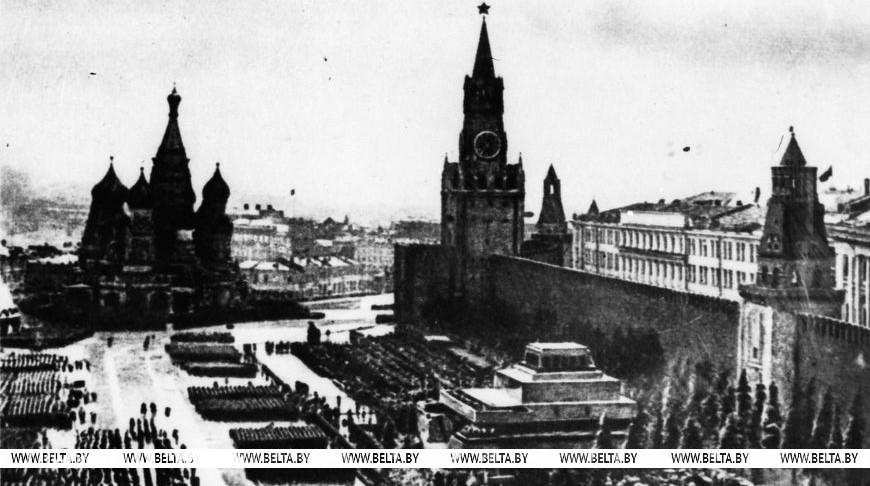
News of the story
"Victory Parade: Stories and Faces"
In the run-up to the 80th anniversary of the Victory in the Great Patriotic War, the Belarusian news agency BelTA together with the 7 Days newspaper launched a large-scale project. During the year we will be narrating the stories of the Belarusians who took part in the legendary Victory Parade in 1945. These men fought at Rzhev and Odessa, won the battles of Stalingrad and Kursk, liberated Belarus, and took Berlin. On 24 June 1945 they marched triumphantly through Red Square in Moscow. They are the faces of our great Victory!
The first Victory Parade in Moscow featured more than 1,800 units of military hardware. In the morning of 24 June 1945, cannons and howitzers, anti-aircraft guns and mortar batteries drove through Red Square, and the show of military hardware was wrapped up with the display of the renowned T-34 and IS-2. Fellow Belarusian Panteleimon Borisov was among several dozen officers selected to take part in the parade. Thanks to the recollections of his memories and the stories of the war veteran's son, we can recreate that historic day almost minute by minute.
“War veterans did not talk much about the war, their medals did”
Panteleimon Borisov was born and grew up in Chuvashia. He spent most of his life, however, in Krupki District, Minsk Oblast. Here he got married, built a house, raised his sons, and for many years worked as a school director, teaching physics, math and drawing to his students. He was interested in exact sciences since childhood, and right after school in 1939 the young man chose to study physics and mathematics. He only had time to complete two years of his studies at a Kazan university before the war broke out.
Like many of his peers, Panteleimon Borisov applied for transfer to the Kazan Tank School. Competing the short-term courses, he went to the front in 1942. He was a tank platoon commander of the 2nd Belorussian Front. Lieutenant Borisov participated in the battle for the Dnieper, liberated Belarus and Poland from the enemy, was awarded the medal “For the Liberation of Warsaw”. The war ended when he was near Warsaw.
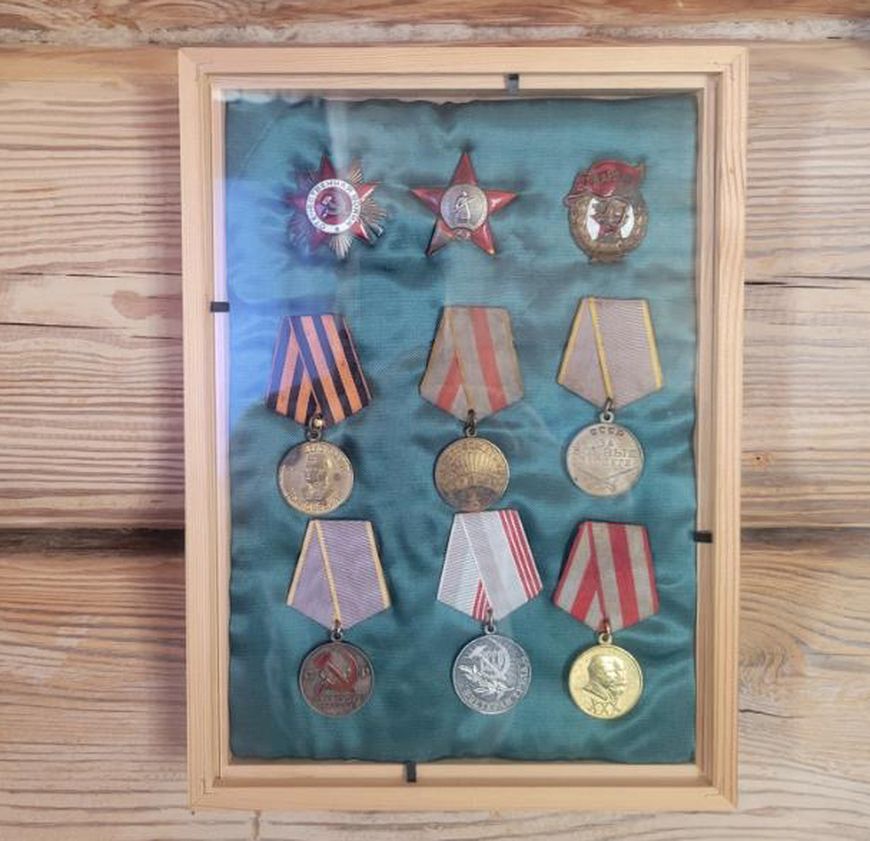
"Technical inspections were carried out after each drill"
The Soviet troops learned about the upcoming parade at the end of May 1945. The best soldiers and officers were selected to participate. Among them was Panteleimon Borisov. In early June, the participants arrived in Moscow, and rehearsals began. The veteran recalled that this was not an easy task, they had to practice for eight to nine hours every day. He was sure that on 24 June he would be marching on foot. But fate had another plan for him: 50 officers from tank divisions were selected to participate in the parade on tanks. Panteleimon Borisov was one of them.
"The training took place at a designated training ground near Moscow. The tanks were brought there. The driver-mechanic of our crew was Senior Sergeant Cherepkov from the Urals, the gunner was Senior Sergeant Lyuty from Ukraine, the loader was Sergeant Tukhvatulin from Tatarstan. In a word, it was an international crew," the veteran recalled. His memoirs were published in the book Memory of Krupky District.
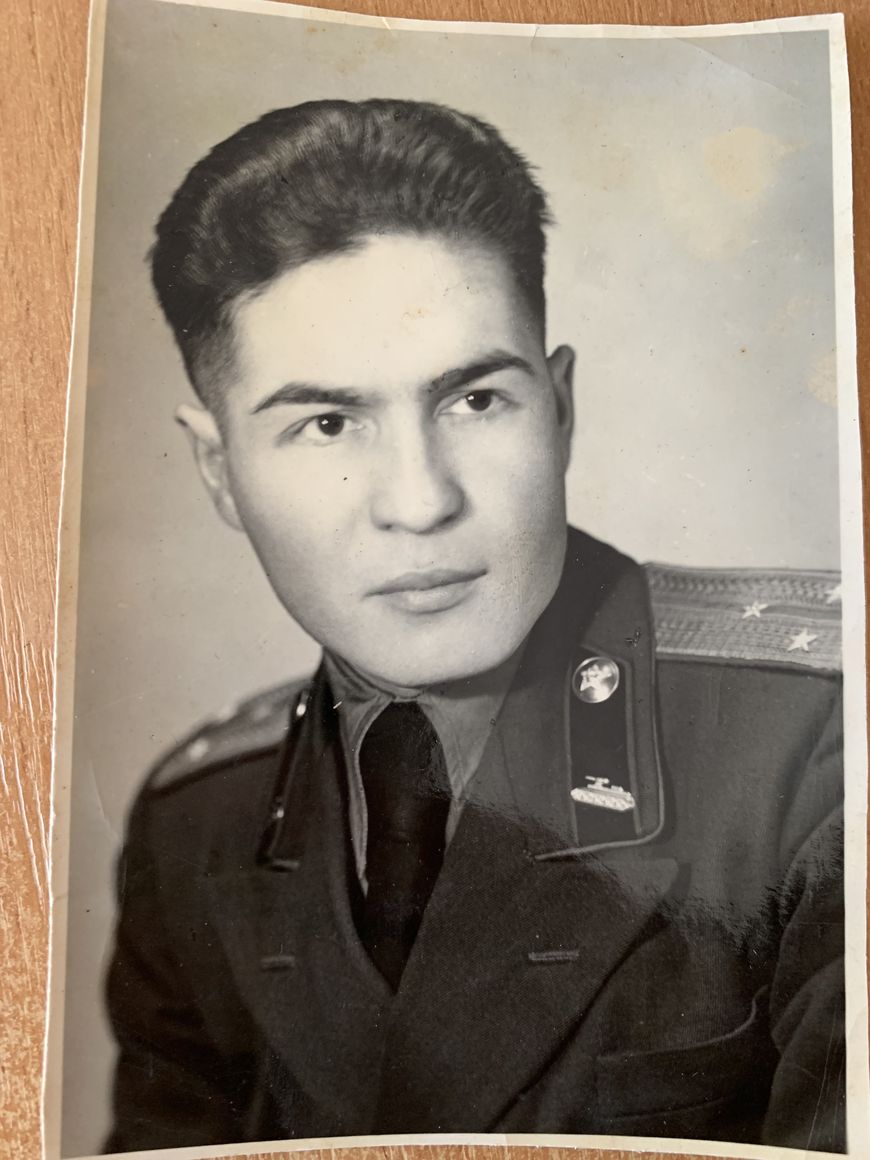
Panteleimon Borisov reminisced that drills on a tank were much harder and more grueling than drills on foot. After each of them, at the end of the day, the military carried out technical inspections, refueled and cleaned their vehicles. They had practically no rest or days off. However, no one complained, each member of the crew wanted to make sure their tank would drive smoothly on Red Square during the parade. A particularly important role was assigned to the driver-mechanic, who was responsible for alignment, smooth driving, and operating the combat vehicle in the right direction.
Gearing up for the parade, the crew of the war vehicle thoroughly checked all its mechanisms and brakes, as well as the fuel filters to ensure there were no impurities there.
“According to my father’s stories, as soon as they serviced and refueled the tanks after the last training session, the NKVD officers sealed the tanks. Guards were posted near the vehicles, and no one was allowed to approach them until the parade. Such measures were used to exclude the possibility of sabotage,” Oleg Borisov said.
“I saw Stalin up close.”
Panteleimon Borisov was among those who greeted the Victory Banner in Moscow on 20 June. This moment was especially memorable for the war veteran. “All the participants of the parade stood in formation on the airfield, where the airplane was soon to land. To the tune played by the band, Sergeants Yegorov and Kantaria, who raised the flag over the Reichstag, passed it to the standard-bearer and his assistants - Heroes of the Soviet Union. It was really hard to contain the excitement watching the Victory Banner floating in front of the formation,” he recalled.
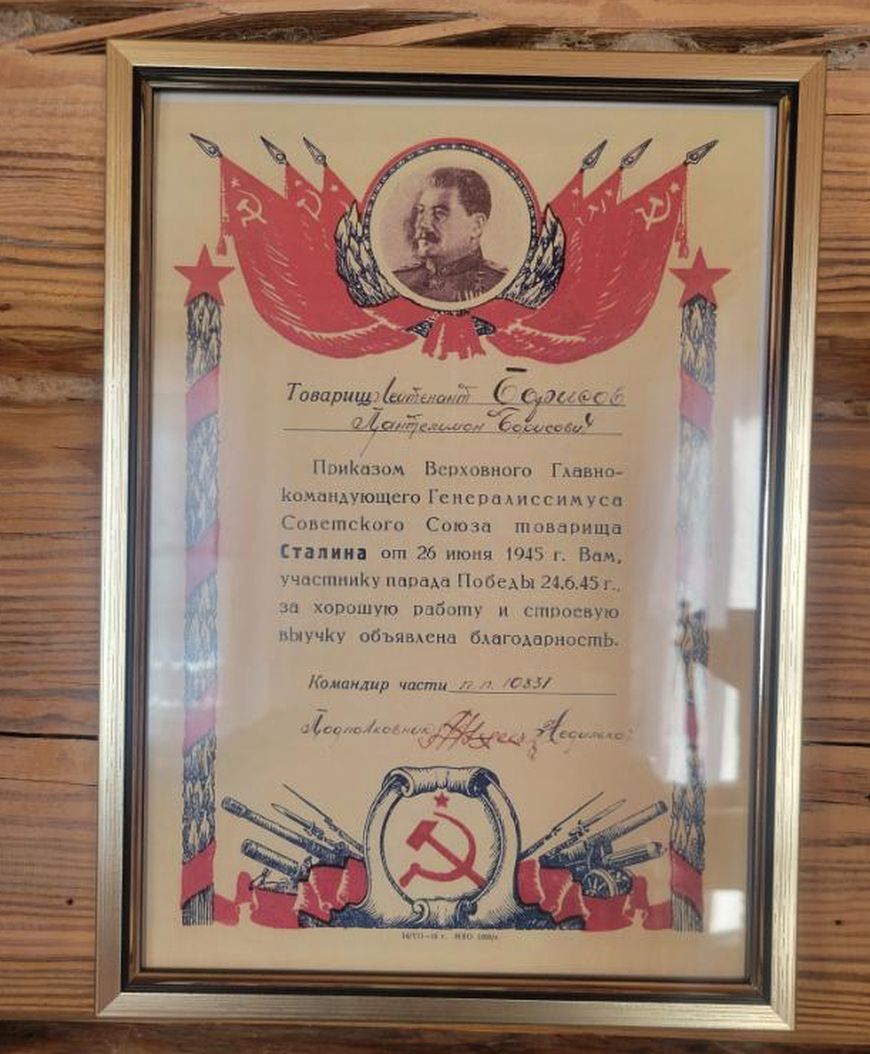
On the day of the parade its participants were up with the dawn: at 4.00 everyone was already on their feet, and by 8.00 tanks stood all ready.
“People filled the streets. There were smiles, happy faces everywhere. People brought flowers. It was a cloudy day. It was drizzling, but no one paid attention to it. When Marshals Zhukov and Rokossovsky were reviewing the troops, they approached the tank column, too. The troops began marching past Lenin's Mausoleum and the stands. Marching were combined regiments of the fronts, followed by the Navy combined regiment. Then a sudden silence fell. Soldiers of a separate battalion approached Lenin's Mausoleum, stopped, turned to the right, took a few steps toward it and threw the trophy banners of Hitler's army at the foot of the Mausoleum. There were 200 banners in all. Not all of them, of course, were captured in battle. I cannot say for sure why there were 200 of them. Apparently, it was not about the number. It was important to demonstrate what any invader of our land would face,” the war veteran said.
When the combat vehicles entered Red Square, Panteleimon Borisov became nervous: his tank was in the right flank in the first row near the Mausoleum. This meant that Panteleimon Borisov was responsible for maintaining the proper distance and alignment. However, there was no need to worry: the show of the equipment went on smoothly.
"The hatches of the turrets were open. Officers were standing atop the turrets with their heads turned toward the Mausoleum, saluting. I saw Stalin, other members of the Politbureau and the marshals of the Soviet Union up close as they were standing on the Mausoleum's platform. Acclaimed military commanders and generals were standing on a special area in front of the Mausoleum. Trophy banners lay on a wooden podium near its base," the veteran recalled.
In the post-war years Panteleimon Borisov served in the Armed Forces and held the rank of captain. After his discharge, he found his calling in education: he returned to university, graduated with honors and began working at the Krupsky Secondary School [now the Krishtopenko Secondary School]. In 1959-1981, he was its headmaster. In 1986, the institution established a museum, with one of its exhibits dedicated to the life of this remarkable man.
The veteran passed away in 1991, his wife died a few years ago. Oleg Borisov and his brother Igor decided not to sell their parental home. They renovated it and frequently visit their hometown. One of the walls in the house is devoted to family photos, their father's military orders and medals. One of the most valuable exhibits in their home collection is a copy of the commendation issued to Panteleimon Borisov by Stalin's order. The veteran's family handed over the original document to the Museum of the History of the Great Patriotic War.

…During memorial days, when Oleg and Igor visit the cemetery, there are always fresh flowers on their father's grave - a tribute to a distinguished teacher and gratitude to a fearless soldier who helped bring Victory closer.
If you are a relative or friend of a frontline soldier who took part in the Victory Parade on Red Square, Moscow, in June 1945 and you are willing to share your family story and photos with us, please call +375 17 311-33-17 or send an e-mail to ygavrilenko@belta.by. Let's tell the story of our Victors together!
Yulia GAVRILENKO,
7 Days newspaper
Photos courtesy of Panteleimon Borisov's family




